By M. W. Bro. Raymond S. J. Daniels,
Past Grand Master of the Grand Lodge of Ancient, Free and Accepted Masons of Canada in the Province of Ontario.
The Final Charge delivered to the Fellow Craft makes it clear: “The internal and not external qualifications of a man are what Masonry regards.” In other words, clothes do not make the man. Yet, the Lodge is one of the last bastions where formal dress is the normal standard. Where did this dress code originate, and what is the rationale for maintaining it?
Historians of costume agree that George Bryan (Beau) Brummell, 1778-1840, set the standard convention for men’s clothing fashion which, with minor modifications and simplifications, still pertains to this day – long trousers and tailed coat, replacing knee breeches and hose, dark colours for coat and vest. The well-known paintings of Masonic meetings depict the members in the formal dress of the day. (The painting by an anonymous artist of a Viennese Lodge depicting the composer Mozart, and the work by Stewart Watson “The Inauguration of Robert Burns as Poet Laureate” are examples from the 18th century.) From the beginning of Speculative Freemasonry, we have observed formality of dress.
The chapters on Protocol and Etiquette in both Meeting the Challenge (2007) and The Masonic Manual (2007) define the standard and specify the usage in our Grand Jurisdiction. The custom followed in Lodges varies – white tie and tails, tuxedo, business suit, even highland dress in some with Scottish roots. I have attended lodges where even the Candidate on the night of his Initiation is instructed to wear a tuxedo because that is the standard dress for all members of the lodge!
In most Ontario Lodges, a dark business suit, a white dress shirt, and a conservative tie is normally worn by members. Costume throughout western civilization has been worn as a means of identification. The candidate for office in Rome wore a white toga. Ecclesiastical vestments are worn in church and judicial robes are worn in court. Black leather can indicate membership in a motorcycle club. Logos on jackets or shirts may signify the team loyalty of hockey fans.
The flat cap in Britain was a proud badge of the working class. During the early part of this decade, we witnessed a relaxation in the dress code followed in the business world. However, while a casual approach to attire – and even “dress-down Fridays” – were the norm, over the past couple of years, there has been a resurgence in the practice of wearing suits to the office.
In society, people do judge us by the way we dress. In all situations, business and social, our outward appearance sends a message.
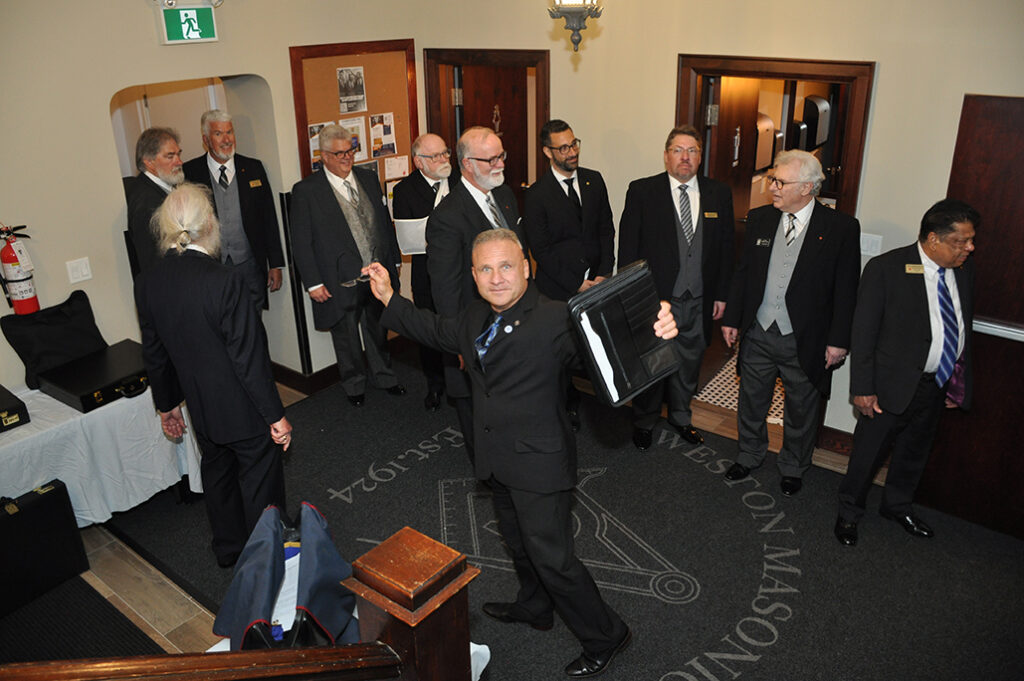
The tuxedo itself, now regarded as “semi-formal” for gentlemen, was first introduced as a casual alternative to full dress “tails” in the late 1800s when the tail-less dinner jacket made its debut at the Tuxedo Club, renowned for social and sports functions in the exclusive colony developed by Pierre Lorillard at Tuxedo Park, New York.
Many of our traditions in Canadian Freemasonry were inherited from England, together with the ancient rites and ceremonies we follow. Our history informs us that Military lodges were a major formative influence in the early days. In matters of dress, the standards observed in the gentleman’s club and the officer’s mess have had significant influence. Just as the lodge is tyled from the outside world, the “working clothes” of a Freemason set us apart as different. In the proper sense of the word, we are an élite – by definition, a group apart! It may be considered “old fashioned” by some, but dressing up gives a sense of occasion. It is an outward gesture of the respect we hold for the Craft in general and more especially for our fellows in the lodge.
Uniformity in dress is a symbol of teamwork – unified purpose and concerted action – an indication that the whole is greater than the sum of its parts. In sports, the military, the police, and the performing arts (orchestras and choirs), the individual wears a uniform to signify that he is part of a larger unit with a common purpose. Will a relaxation in formal dress attract new members to our lodges, or encourage present members to attend more regularly? I doubt it very much. The lowering of standards in Freemasonry, whether moral or social, will ultimately destroy us by eliminating the reason for our existence. Actions always speak louder than words. No, a meeting of the lodge opened in the Name of the Great Architect is not merely an unbuttoned get-together.
No, dressing formally does not make us, like the Pharisee of old, better than other men, but it is an indication that we press toward the mark of our high calling.
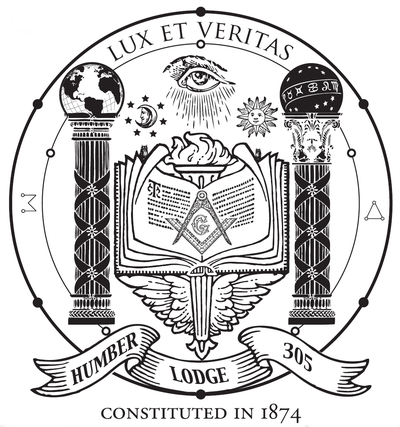
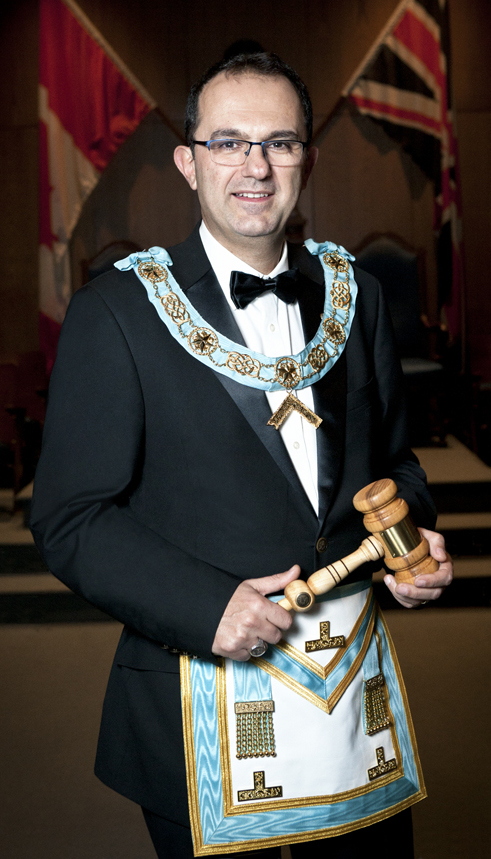
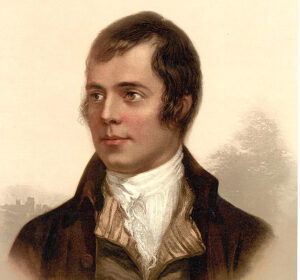
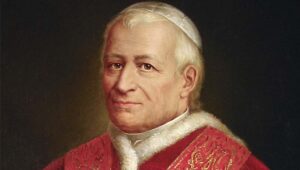
Well written and a good read. I love the last paragraph
No, dressing formally does not make us, like the Pharisee of old, better than other men, but it is an indication that we press toward the mark of our high calling.
It lovely read and even a beautiful last paragraph…No, dressing formally does not make us, like the Pharisee of old, better than other men, but it is an indication that we press toward the mark of our high calling.